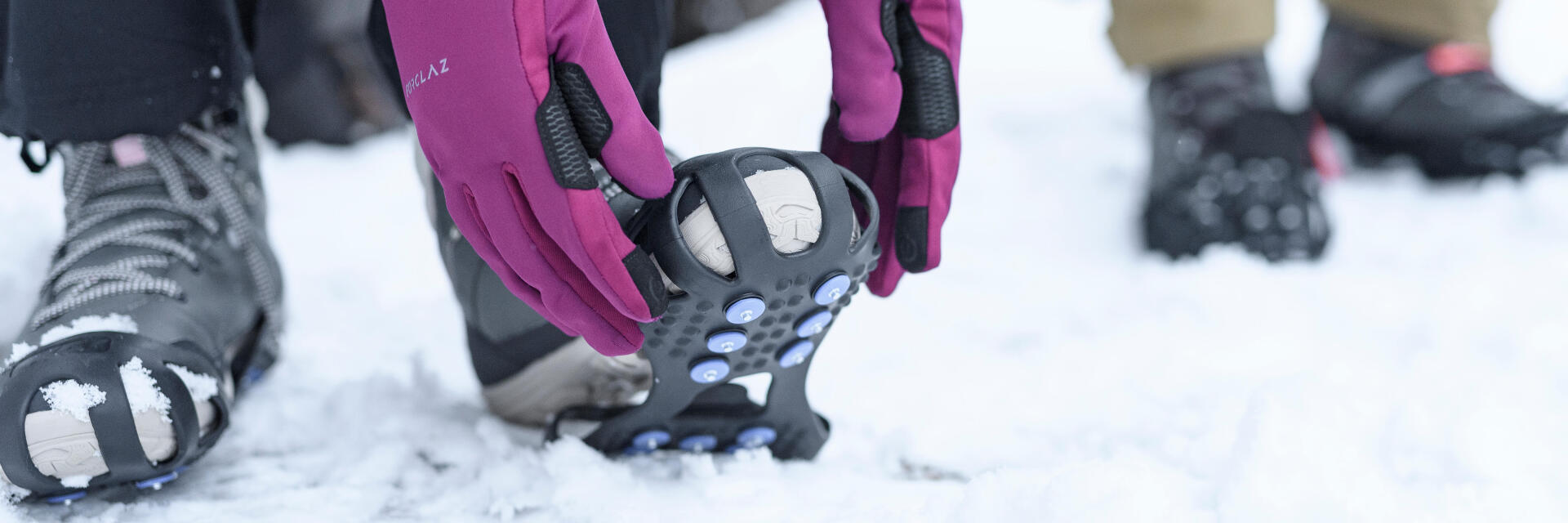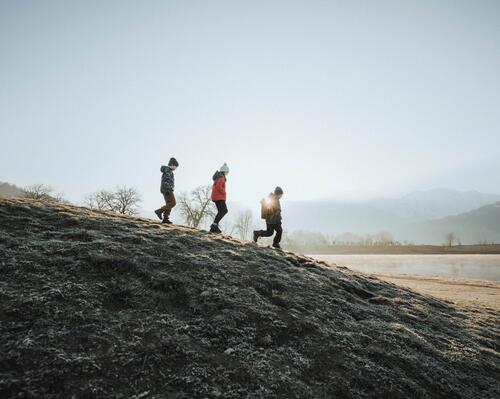Snow contact: the sole that offers more grip and traction
Thanks to Snow Contact technology, Quechua has created a new sole to ensure you enjoy maximum grip when hiking on snowy ground. Below Quechua explains the design and unique features of this new technology.
By listening to snowshoe hikers, Quechua teams identified a need to develop a special sole, capable of gripping, even in snow.
The shoes, which are designed for winter hiking - to be used with or without snowshoes - are equipped with SnowContact technology to deliver exceptional performance on even the most slippery of surfaces, such as snow or ice.







